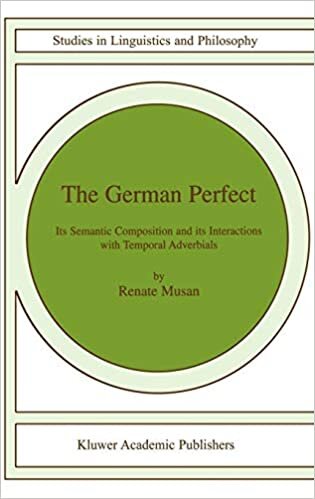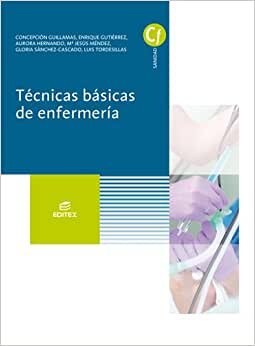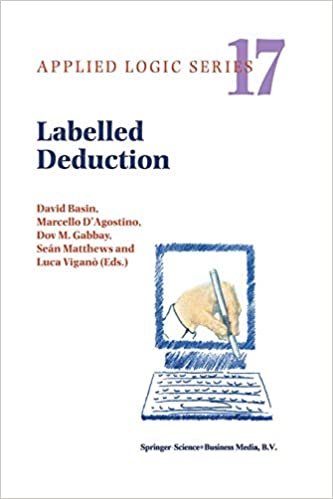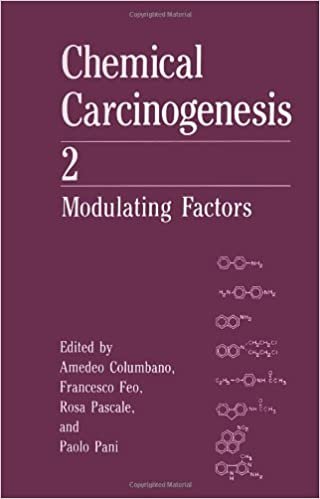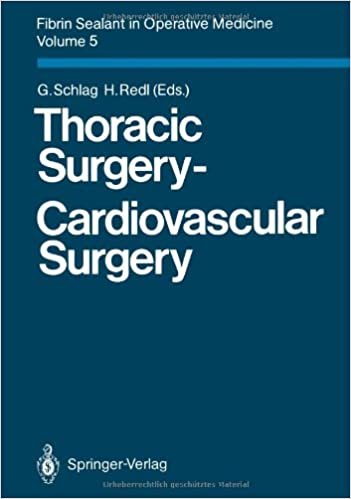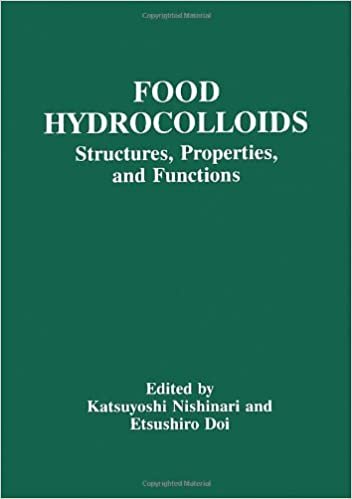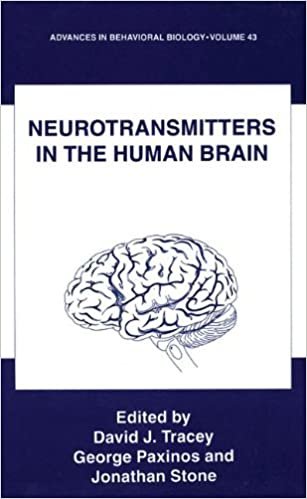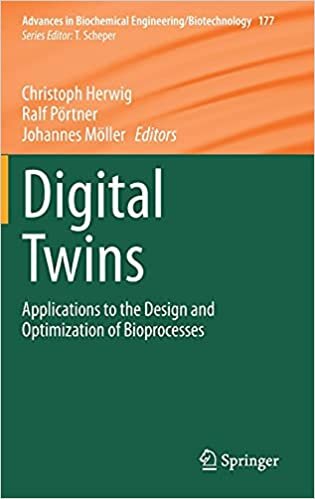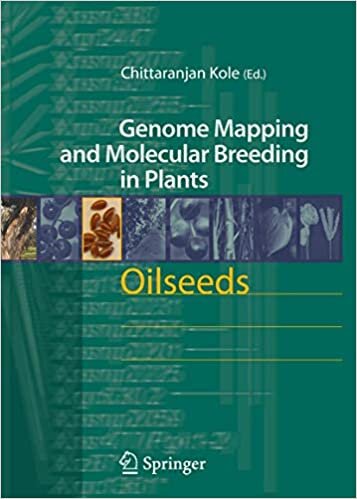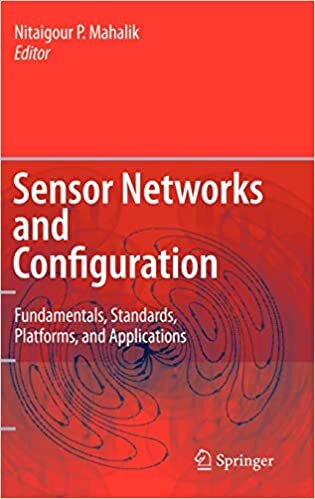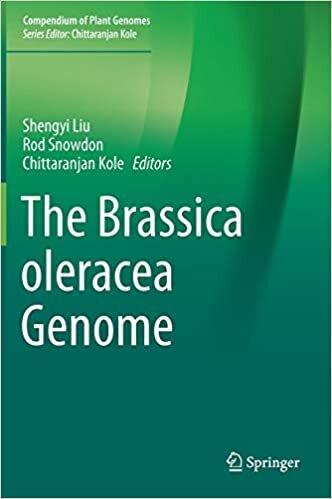Maryann P. Feldman The German Perfect: Its Semantic Composition and Its Interactions with Temporal Adverbials (Studies in Linguistics and Philosophy) djvu
itibaren Maryann P. Feldman
Kitap açıklaması
1. OUTLINE German has the three main perfect constructions which are illustrated in (1. 1). 1 In each of these constructions, the verb appears in the past participial form and is combined with an auxiliary - in this case, haben ('have'); other verbs form their perfect constructions with the auxiliary sein ('be'). 2 The auxiliary can then be com bined with a tense -Le. the present tense as in (Ua), the past tense as in (b), or the future tense as in (c). 3 (1. 1) a. PRESENT PERFECT: Die Eule hat die Schule verlassen. the owl has the school left b. PAST PERFECT: Die Eule hatte die Schule verlassen. the owl had the school left c. FUTURE PERFECT: Die Eule wird die Schule verlassen haben. the owl will the school left have As will shortly become clear, the present perfect is the most intricate of the perfect constructions in German. It has been investigated intensely in the past, with the result that today there is little doubt about what the core problems concerning its semantics are.
Popüler yazarlar
Kolektif (4194) Springer (1406) KOMİSYON (446) Various (392) Varios Autores (318) Arkose Press (305) Routledge; 1 basım (302) Cambridge University Press (297) Routledge (257) Kollektif (208) Springer; 1 basım (202) etc. (187) Intl Business Pubn (184) Lem N Lov Publishing (173) Oxford University Press (160) DK (144) ohne Autor (141) Sigmund Freud (137) Anonymous (123) American Society of Mechanical Engineers (113)